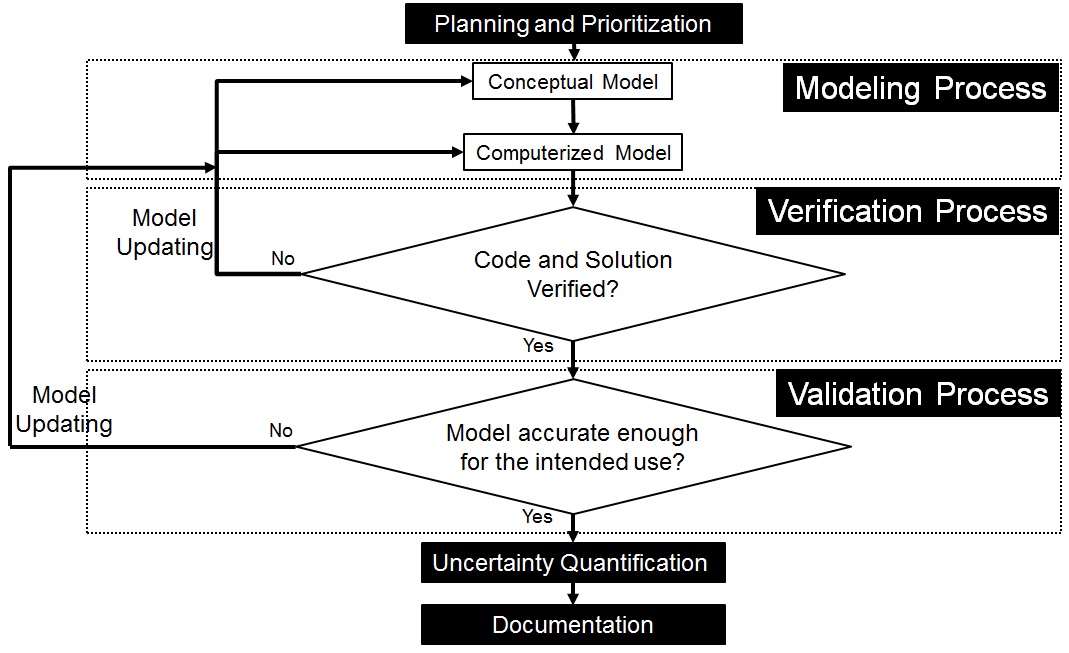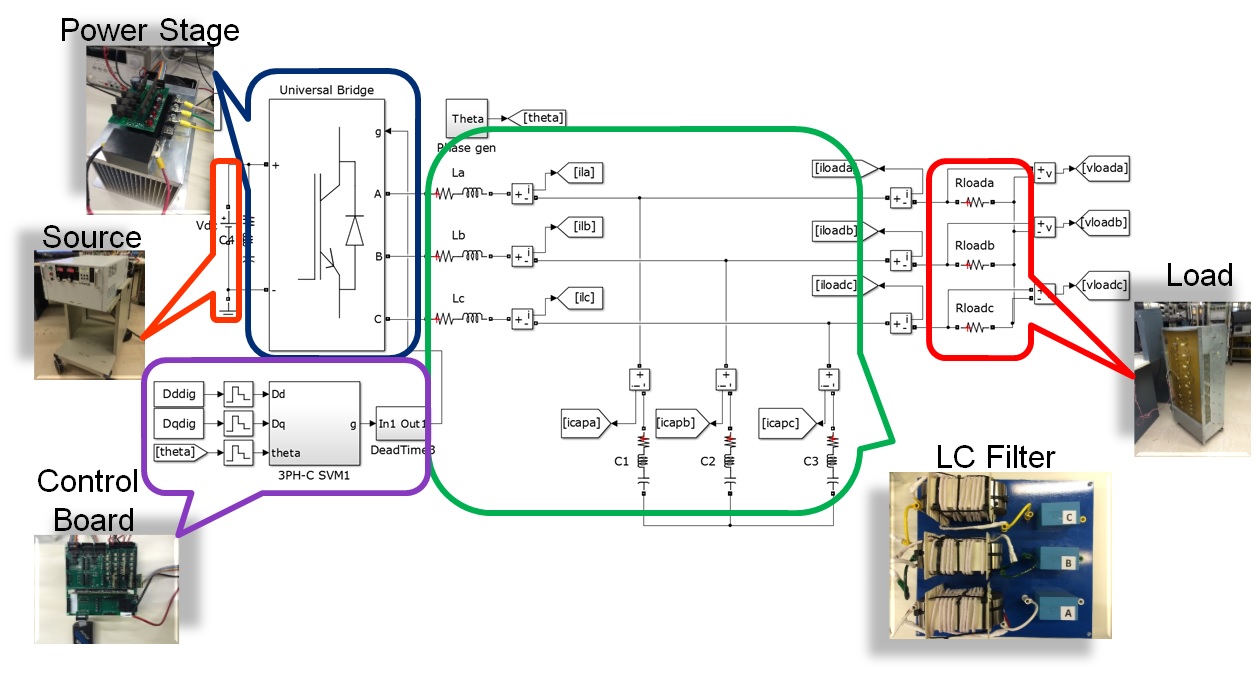
Fig. 1. Overview of Verification, Validation, and Uncertainty Quantification (VV&UQ)
Today, most engineering design projects are based on modeling and simulation. Critical decisions are being made based on simulation results. Increasing roles of computational modeling leads to the need for evaluating and comparing the models that are already being used, choosing the most efficient model for the intended use to minimize costs, and evaluating the predictive capability of the model where there is no experimental data available to verify and validate the model. All mentioned issues are discussed in Verification, Validation, and Uncertainty Quantifica-tion, known as VV&UQ. Planning and Prioritization (P&P), the modeling process, the verification process, the validation process, uncertainty quantification, and, finally, documentation of modeling and simulation activities are the main steps one needs to go through to complete the VV&UQ process. The uncertainty quantification step incorporates the concepts and results from previous steps to estimate the total uncertainty in modeling and simulation. Identifying and characterizing uncertainties provides guidance on how to reduce or manage uncertainty in modeling and simula-tion in the most efficient and cost-effective manner. Moreover, the proposed framework has the potential to assess and improve the model predictive capability.
In this paper, the contribution of different VV&UQ guidelines from the American Institute of Aeronautics and Astronautics (AIAA), the American Society of Mechanical Engineers (ASME), and the Department of Defense (DoD) have been used in order to propose a VV&UQ framework (shown in Fig. 1) with an emphasis on steps which are more important in the field of power elec-tronics. The ultimate goal of this framework is to decrease dependency on experimental results, and to empower the role of modeling and simulation results in decision-making. In the end, accuracy of a switching model with a three phase voltage source inverter (shown in Fig. 2) in predicting total harmonic distortion of the output voltage is assessed. Although the VV&UQ approach is capable of building confidence in any system response quantity of a simple or complicated model, in this paper, a simple case has been chosen not to veil the description of the VV&UQ methodology since this approach is quite complicated, and requires a statistics background.

Fig. 2. Switching model of three-phase Voltage Source Inverter (VSI)
























































































